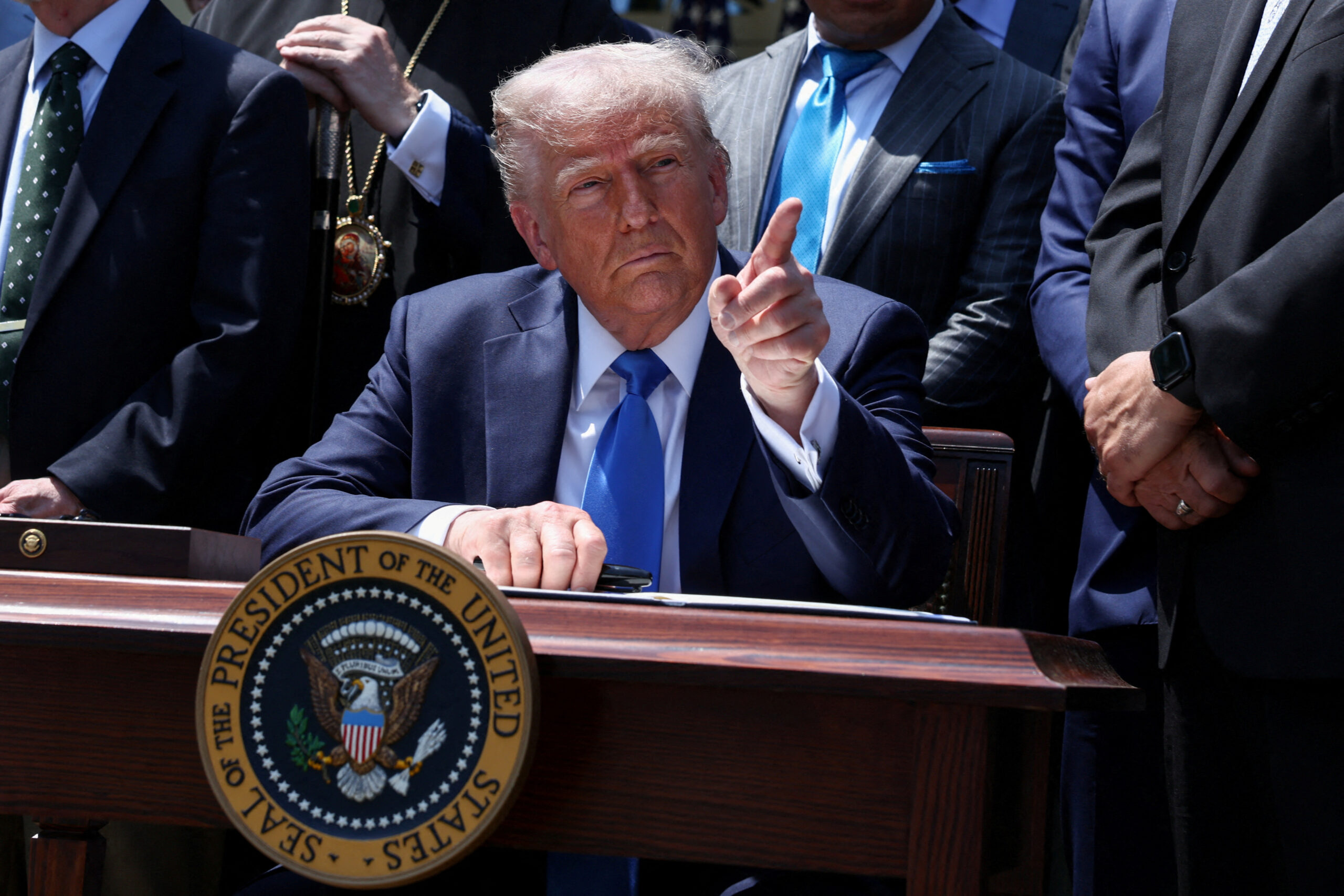
President Donald Trump’s proposed Fiscal Year 2026 budget reflects a sharp pivot toward military and national security spending while drastically cutting domestic and social programs. The proposal, submitted to Congress for review and approval, outlines a $1.01 trillion allocation for national security—a 13% increase—while reducing non-defense discretionary spending by $163 billion, or 22.6%, to $557 billion.
A Shift in Fiscal Priorities
Trump’s 2026 budget underscores his administration’s intent to reshape the federal government’s role by prioritizing defense, immigration enforcement, and law and order, while trimming or eliminating spending on social programs, environmental initiatives, and foreign aid.
Key elements of the budget include:
- $1.01 trillion for national security, encompassing the Department of Defense, Homeland Security, and the nuclear weapons programs under the Department of Energy.
- $163 billion in cuts to non-defense discretionary spending, affecting a wide range of domestic programs.
Agencies Facing Major Cuts
The Environmental Protection Agency (EPA) and Department of Education are among the agencies slated for the steepest reductions. The budget calls for:
- Deep cuts or elimination of climate-related and renewable energy programs.
- Defunding of environmental justice initiatives.
- Streamlining or dismantling the U.S. Agency for International Development (USAID), with international development assistance either reassigned to other departments or terminated altogether.
Emphasis on “America First”
The budget aligns with Trump’s longstanding “America First” agenda, favoring defense, border security, and domestic manufacturing, while deprioritizing global partnerships and federal involvement in social policy. According to the administration, the proposed reductions aim to eliminate what it views as “wasteful” or “ideologically driven” programs.
Critics argue that the budget would:
- Undermine the nation’s climate response capabilities.
- Erode support for vulnerable communities.
- Diminish U.S. influence in global development and diplomacy.
Political Battle Ahead
Congress, which holds the constitutional power of the purse, will ultimately determine the fate of the budget proposal. Given the political divisions between parties and the contentious nature of some proposed cuts, significant revisions are expected during the legislative process.
Democrats and some moderate Republicans are likely to push back against what they consider excessive cuts to education, environmental protection, and public health initiatives. Defense hawks, however, may support the proposed increases in military spending, while fiscal conservatives might applaud the overall reduction in federal outlays.
Looking Forward
Trump’s FY 2026 budget is not just a fiscal plan—it’s a political statement. With the 2026 midterm elections on the horizon, the proposal will serve as a key talking point for Republicans rallying around national security and fiscal restraint, and for Democrats defending social and environmental programs.
As the budget process unfolds, it will provide a window into the nation’s priorities and political will—shaping not only policy, but the national debate heading into the next election cycle.